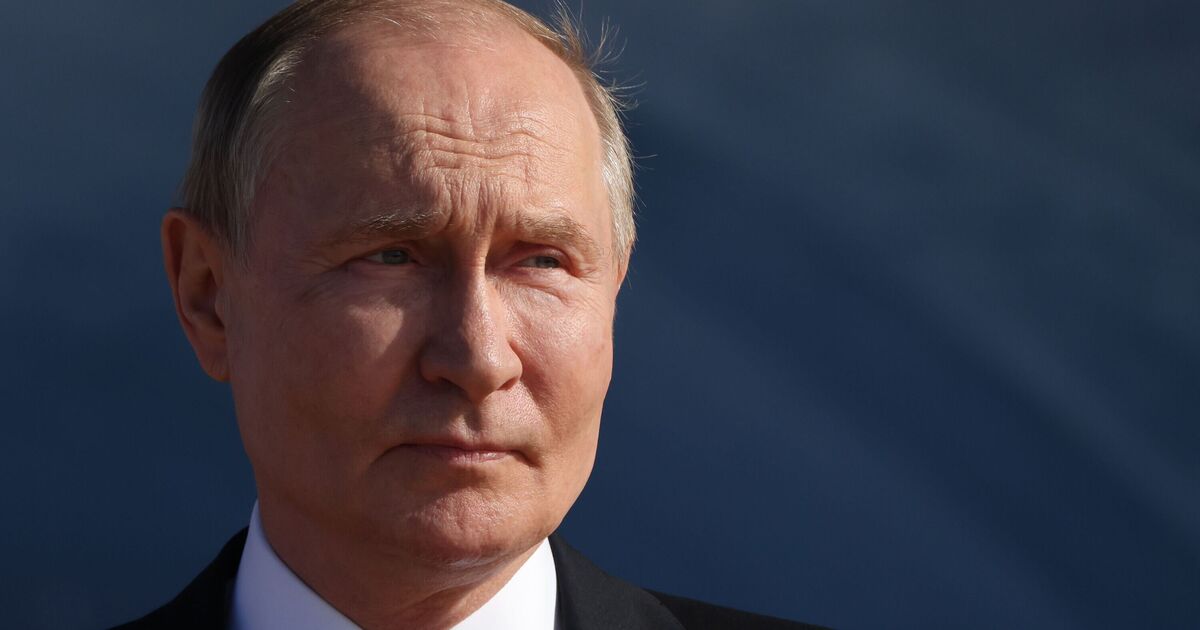Russia is looking to implement a stricter ban on gasoline exports in a desperate scramble to tackle rising prices. There are currently restrictions for a small number of gasoline exports by resellers, but oil companies are still allowed to sell abroad. However, this could all change in the coming days as Moscow prepares to broaden the restrictions. An industry source familiar with the plans told Reuters that the ban could be implemented as soon as Monday. Another said it could be in August or September.
Supplies to Moscow-led Eurasian Economic Union, a group of five former Soviet state, will continue, the sources said. Countries such as Mongolia will also continue to receive gasoline as it has an intergovernmental agreement with Russia on fuel supplies. They added that Russia has increased its gasoline exports by around 25% in the first five months of 2025, taking the number up to 2.51 million tonnes.
Earlier this month, Deputy Prime Minister Alexander Novak said further restrictions would be based on a study of the fuel market.
The worsening fuel shortage and increasing prices over the past two years have forced Moscow to apply temporary gasoline export bans multiple times already.
Wholesale gasoline prices have been rising on the St Petersburg commodities exchange since the beginning of last week. In this time, the price of Ai-95 grade reached an all-time high of 76,293 roubles (£714) per metric tonne.
Russia produces over 40 million metric tonnes of gasoline a year, with Egypt and Turkey being the main importers.
This comes amid soaring petrol prices across the country, with retail costs rising 18% over the past year. The Foreign Intelligence Service forecasted that prices will surge by at least another 8% by the close of 2025.
There has also been a 4% increase in fuel excise duties, reduced government subsidies for oil firms, and a rise in tariffs on Transneft – a Russian oil transportation company.
This surge in fuel expenses could trigger further hikes in consumer prices across the country, as petrol directly impacts the cost of transport, production, and retail trade.

